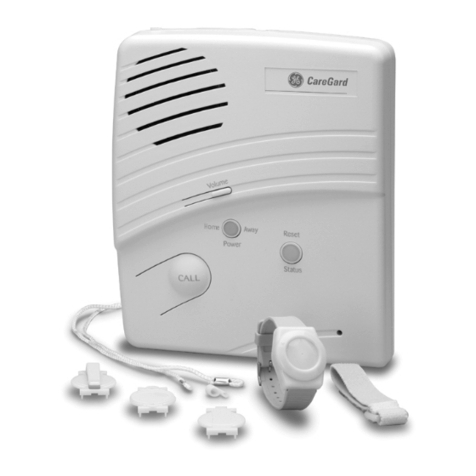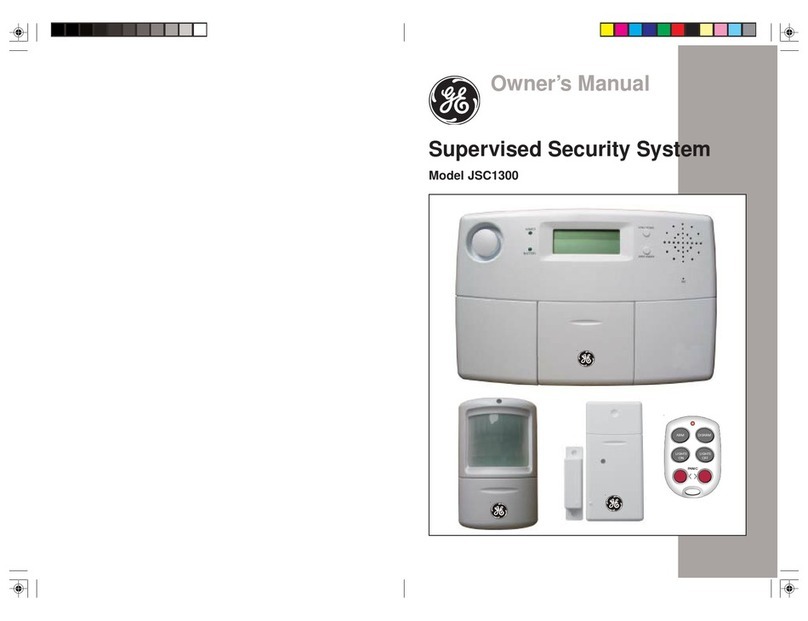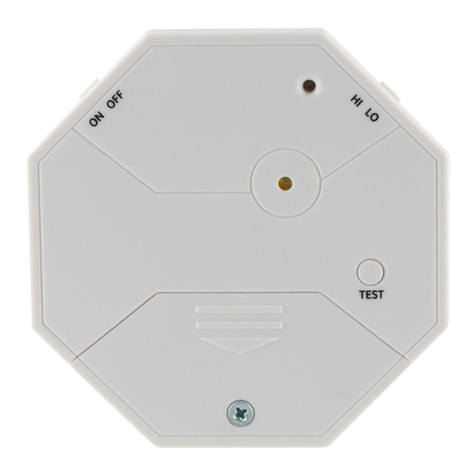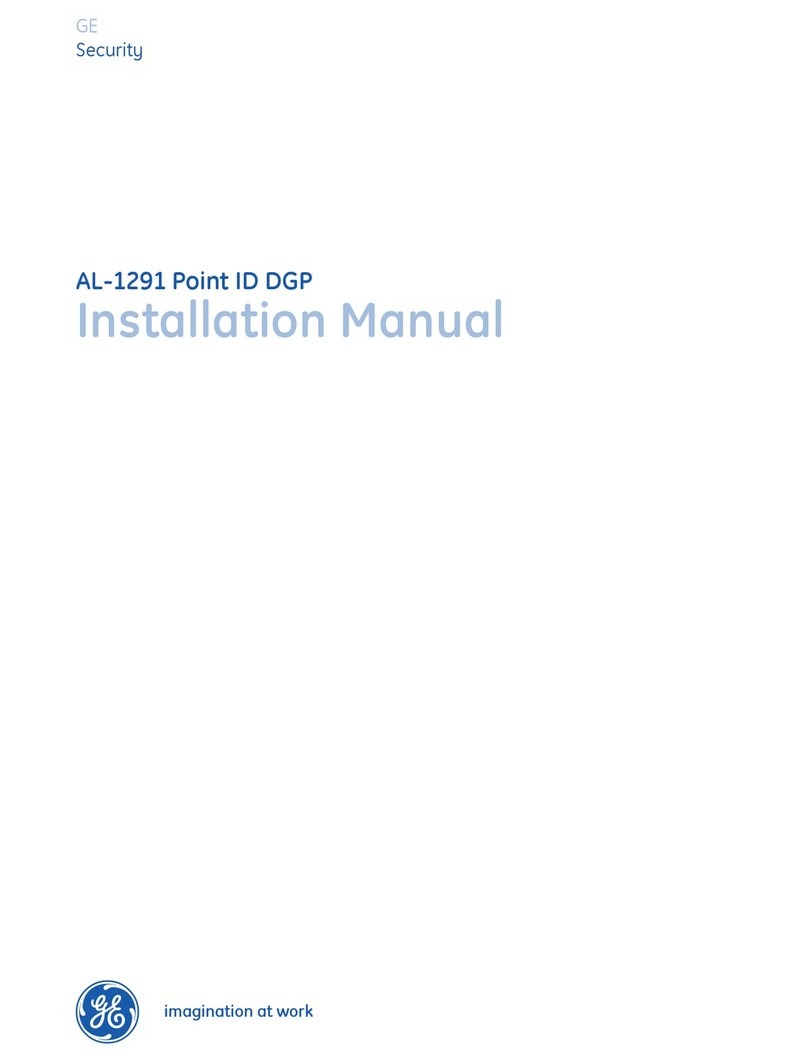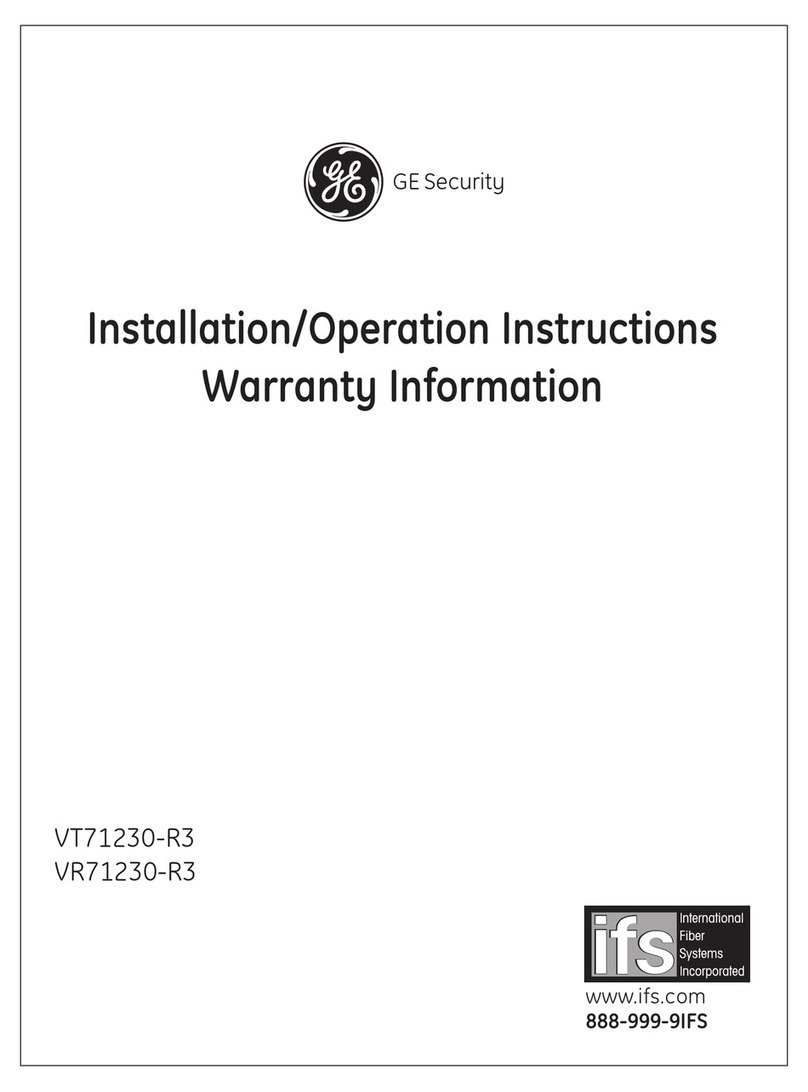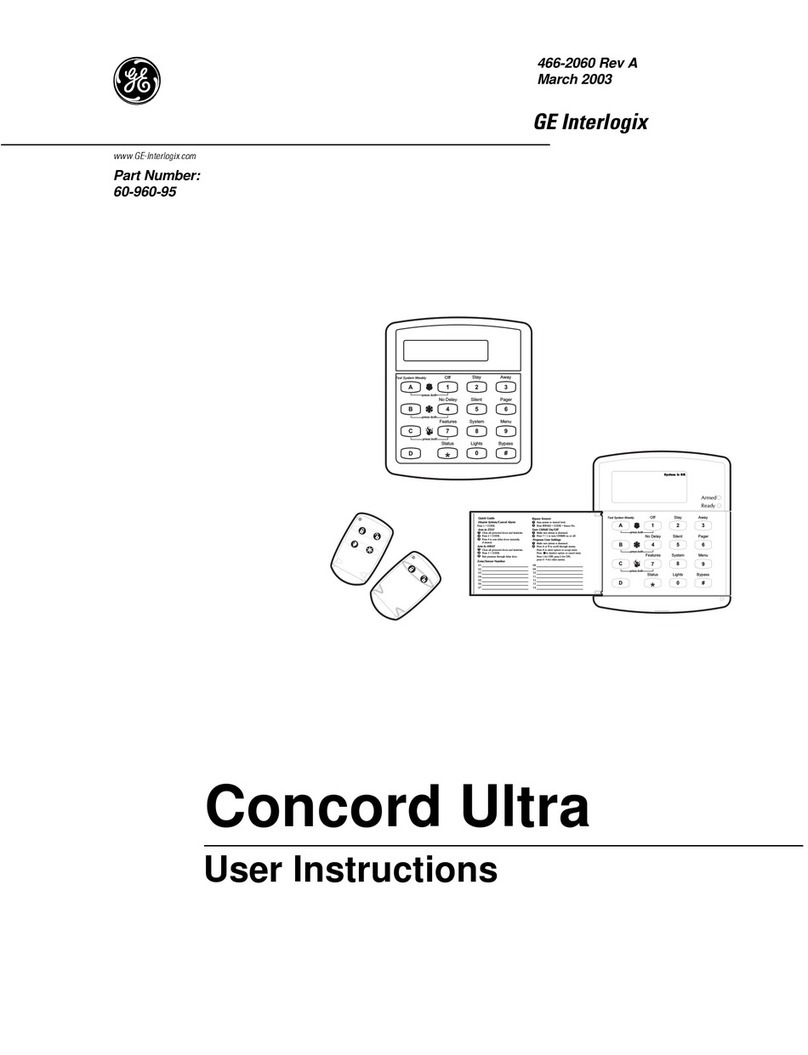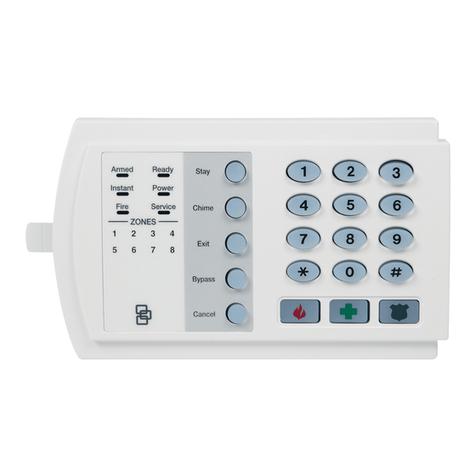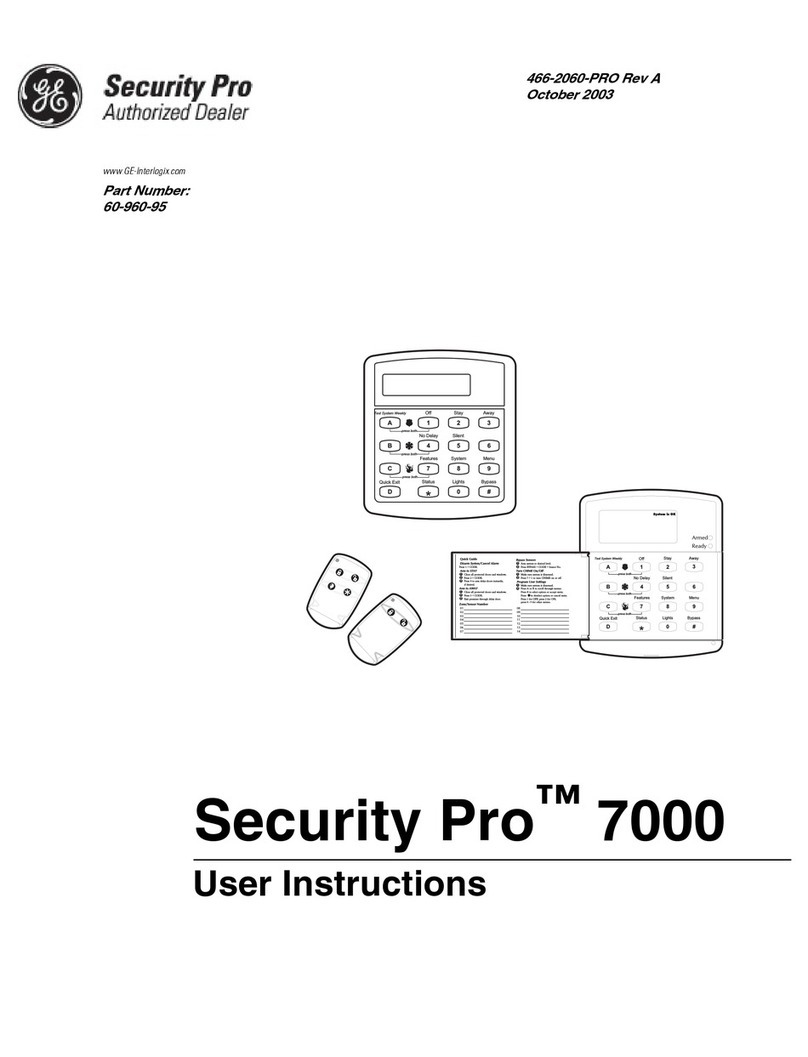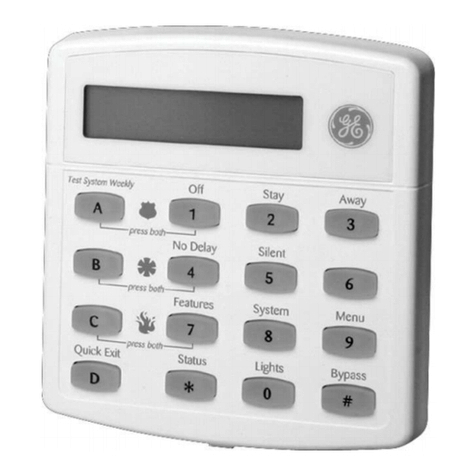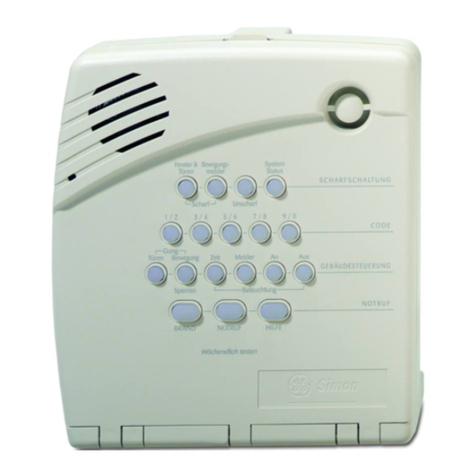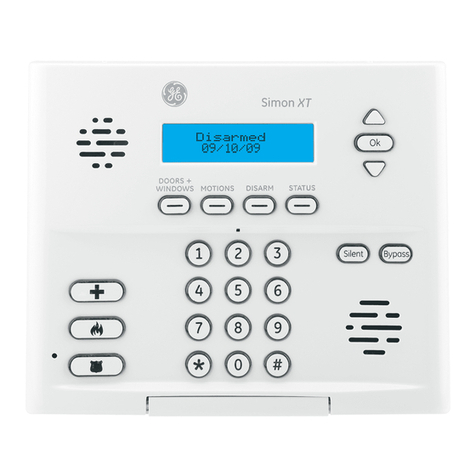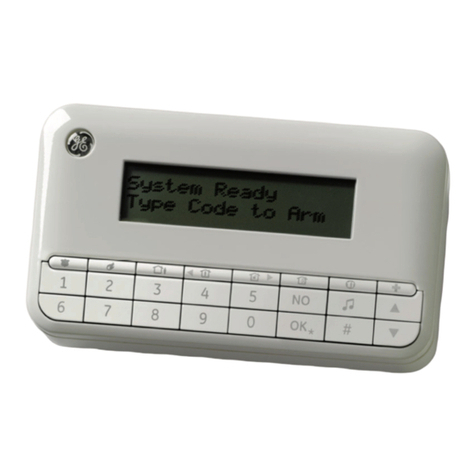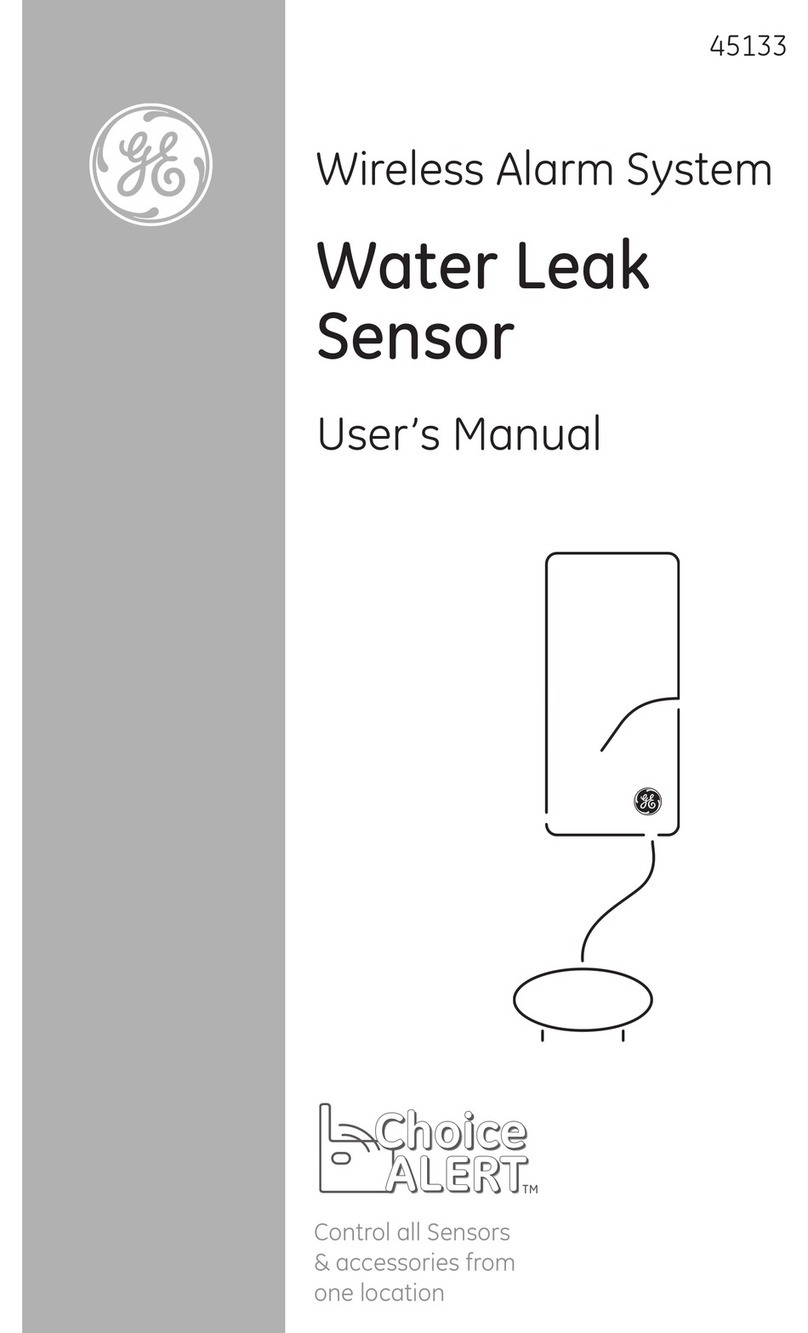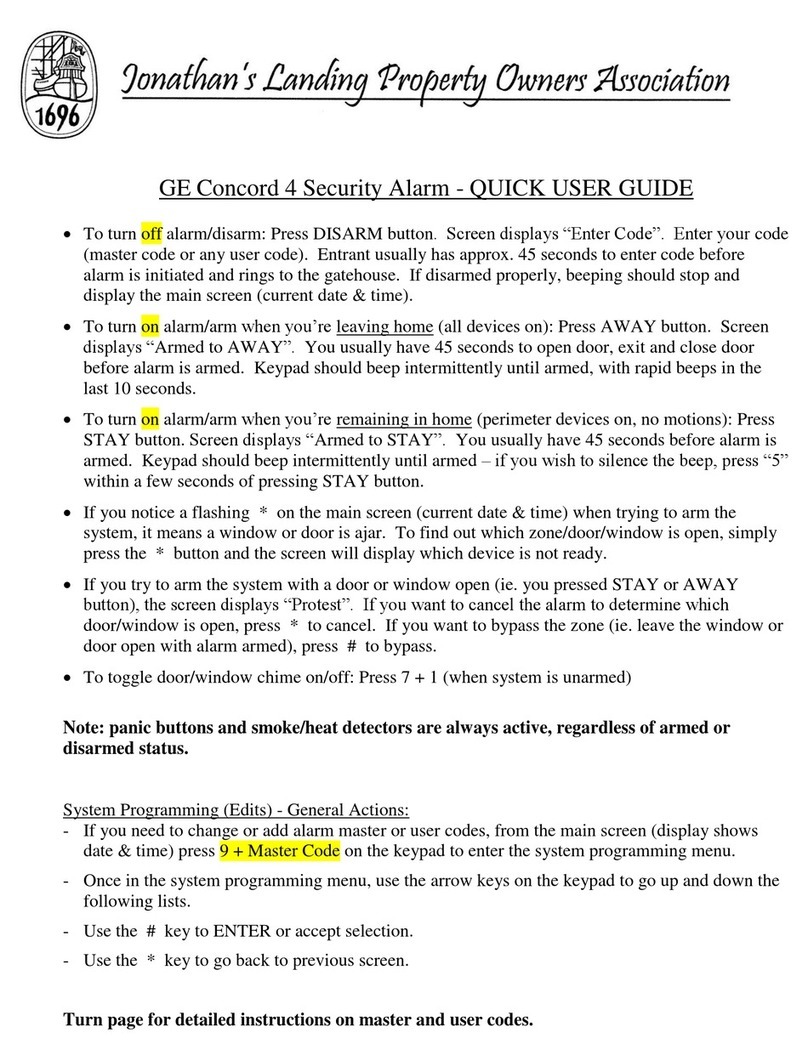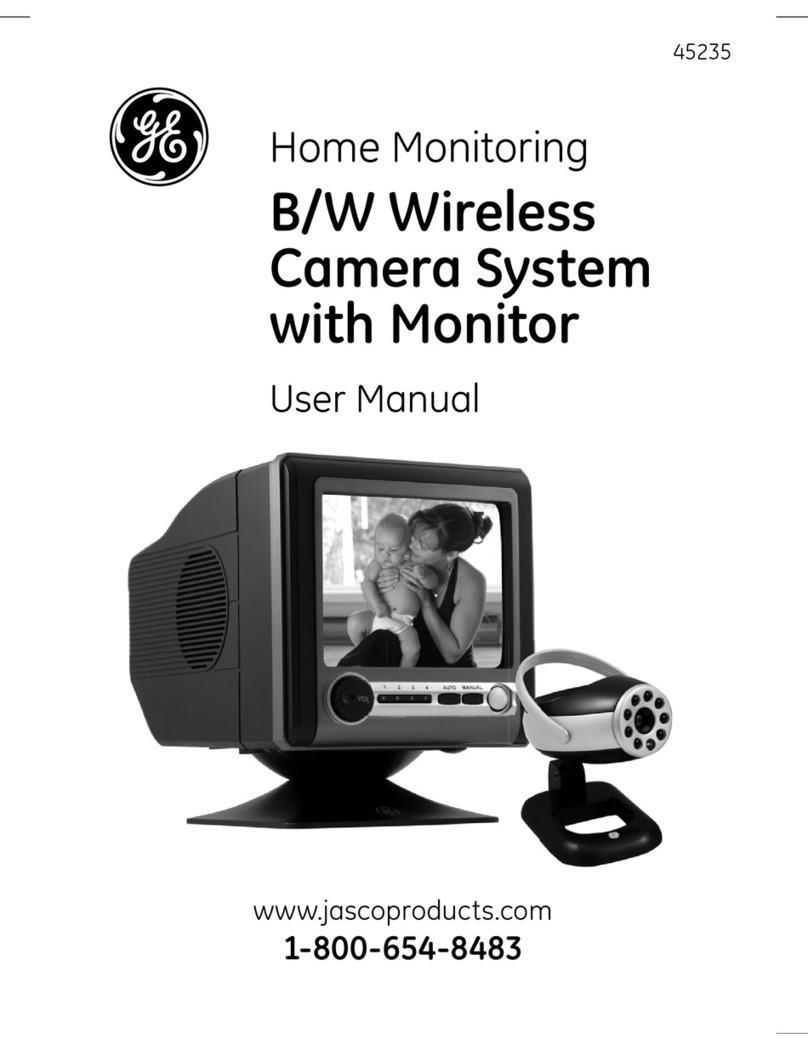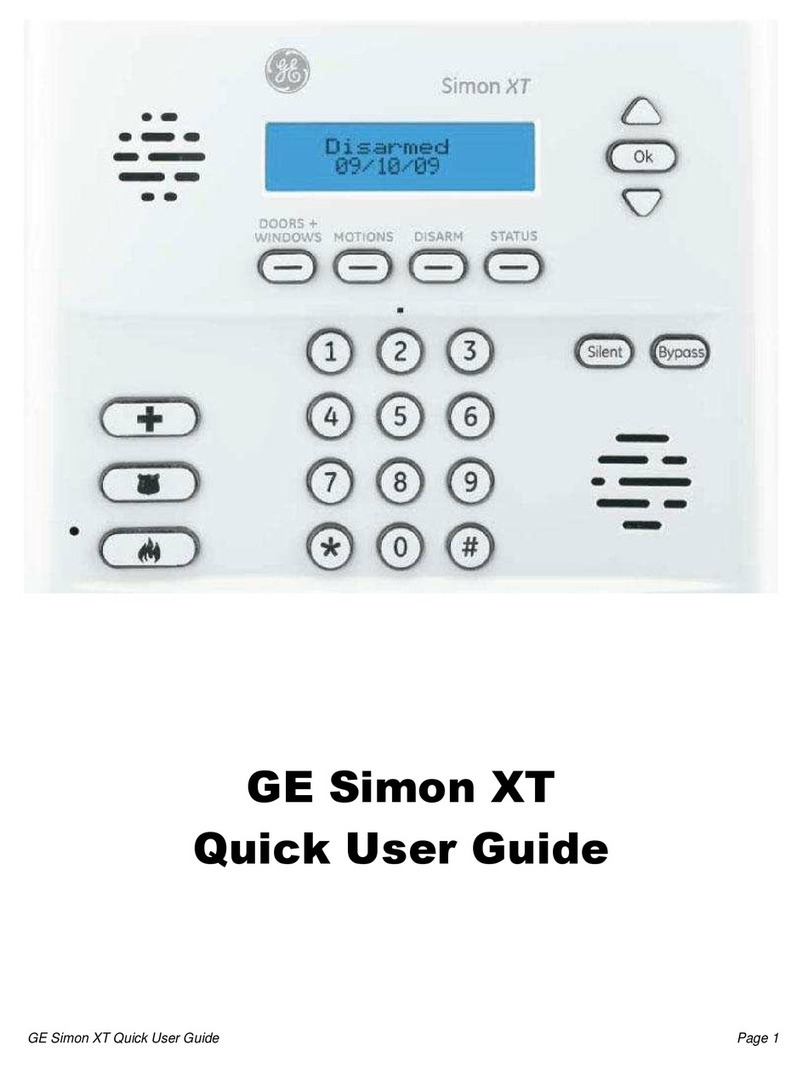
System components
The system can monitor up to 40 sensors and may use any of the devices listed in
Table 1 below.
Table 1: Supported devices
Device Description
Door/window sensor
(60-670, 60-362N)
For intrusion protection, install door/window sensors on all ground-
floor doors and windows. At a minimum, install then in the following
locations:
• All easily accessible exterior doors and windows.
• Interior doors leading into the garage.
• Doors to areas containing valuables.
Indoor motion sensor
(60-639)
Indoor motion sensors are ideal whenever it is not practical to
install door/window sensors on every opening. Identify areas where
an intruder is likely to walk through. Large areas in an open floor
plan, downstairs family rooms, and hallways are typical locations
for indoor motion sensors. For installations with pets, use the SAW
Pet Immune PIR (60-807).
Outdoor motion sensor
(60-639)
Use outdoor motion sensors to detect motion in a protected
outdoor area. Detected motion in this protected area can sound
chimes.
Freeze sensor
(60-742)
Freeze sensors detect low temperature conditions, which may
indicate a furnace failure. The sensor contains a bimetallic thermal
switch connected to the built-in transmitter. The sensor transmits
an alarm signal to the panel when the surrounding temperature
drops to about 41ºF (5ºC). When the temperature rises to 50ºF
(10ºC), the sensor transmits a restore signal.
Water sensor
(60-744)
Water sensors detect water leaks and rising water. The detector is
connected to the sensor by an 8-foot cable. Water that reaches
both detector contact points activates the sensor, causing it to
transmit an alarm signal.
Smoke sensor
(60-848-02-95, TX-6010-01-1)
Smoke sensors provide fire protection by causing an alarm to
sound throughout the house. You can add smoke sensors near
sleeping areas and on every floor of the house. Avoid areas that
could have some smoke or exhaust such as attics, kitchens, above
fireplaces, dusty locations, garages, and areas with temperature
extremes. In these areas, you may want to install rate-of-rise
sensors to detect extreme temperature changes. See the
instructions packaged with the smoke sensor for complete
placement information.
Carbon monoxide (CO) alarm
(TX-6310-01-1)
The learn mode CO alarm alerts you to hazardous levels of carbon
monoxide gas. If dangerous concentrations of gas are present, the
red indicator light comes on, the internal siren goes off, and an
alarm is transmitted to the panel. The panel sounds its own alarm
and reports to the central station.
2 Simon XT Installation Manual
